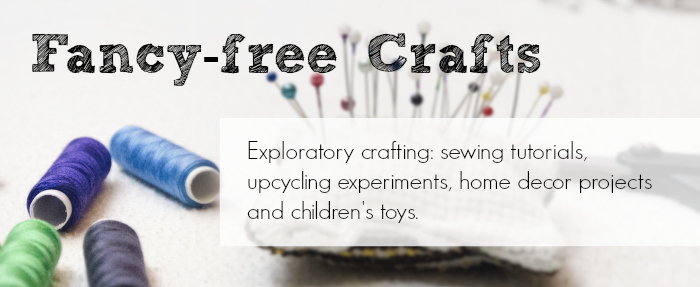Well then, "logically" a lady escaping from a lunatic asylum in the night would wear a sleeping cap. (We have standards here. Also, totally logical scenario, I know). To the Google to find a sleeping cap!
Several bloggers (Hoopskirts, et al) had posted links to one specific sleeping cap originally published in Peterson's Magazine. They shared pictures of their completed caps, but there were no instructions or printable patterns. I found another cute cap as well.
I tested the original instructions for three caps and I share with you the patterns and results.
Peterson's Magazine Night Cap, July 1859
Ultimately, this was the bonnet that was successful and that I selected for my costume.
Here's a side by side comparison of the magazine's illustration and my completed cap.
Here is the full illustration from the magazine:
Using the original measurements I imported the plate and made a pattern. The test cap was too shallow and tight fitting, so I lengthened the brim, and both widened and lengthened the crown. My My head circumference is 24 inches. Below is how the original pattern fit, which would work well for a teenager or a more petite woman.
- For a full tutorial on how to sew this cap, click here.
- You can download the original (smaller) pattern here.
- You can download my adapted (enlarged) pattern here.
Peterson's Magazine Night Cap, 1859
To be honest, I didn't record what issue this night cap was from, but it was also from 1859. This one had no helpful pattern diagram or dimensions, just illustrations. Here is the original magazine illustration:
Pattern
- You can download my draft pattern here. The solid grey area is the cap, while the checkered area is the drawstring channel.
These are my draft instructions:
- Cut out the large circle and trace onto the wrong side of your fabric. Cut out fabric piece.
- Cut out the the half circle drawstring channel from the pattern. Trace onto the wrong side of your fabric, cut out second piece.
- Using the large circle pattern as a guide, mark a one inch line for your button hole at the back of the round cap piece. Sew a 1 inch long button hole, Trim open.
- Pin the half circle drawstring channel onto the wrong side of the cap piece. Sew along both the curved top and bottom edges of the drawstring channel, leaving both narrow ends open. Thread a drawstring through one end and out through the button hole. Repeat for the other side. Sew the end of the channel closed, securing both drawstrings.
- Gather the back of the cap and tie a tight bow.
- Using a loose basting stitch, gather the sides and front of the cap according to your preference. Sew over the basting stitch with a straight machine stitch to secure the gathers.
- Attach the two large ties at the back of the cap. Tie in a large bow over the brim. The large, decorative ties will hide the gathering stitch, just hand sew in place to secure bow.
To be honest, this one was a total disaster. I tried to recreate this pattern from The Workwoman's Guide. (Clicking on the plate below will take you to the correct page in Google Books.)
This cap was difficult to make as the instructions seemed to be missing a few key steps.
FYI, a "nail" is a unit of measurement. One nail equals 2.25 inches.
I know you can't make a cap out of an old T-shirt and hemp string and still expect great results...but this cap was just awkward. The crown was square and floppy, the side flaps too long. Why does the design call for a bow on the top of the head? Grandma thought it was a Dutch cap. Aah well, it was only a test.
For the life of me, I can't seem to find my pattern. I'll upload if I find it on one of my plethora of USB keys.
Here are the draft instructions I wrote down while sewing, but if you have any better suggestions, be sure to leave them in the comments!
- Fold the crown seam down 1/2 in., hem.
- Fold along the side marks for drawstring, wrong sides together. Top stitch 1/4 in. French seam the fold to create a drawstring casing.
- Sew crown wrong sides together as close to the edge as possible. Don't sew the drawstring casings shut, leave open.
- Run ribbon through casings. Leave enough to tie a bow at the crown. Sew bottom of casings closed, securing ribbons. Trim ribbon flush with bottom edge.
- Cut slit from C to F. Fold down hem and sew 1/2 in. drawstring casing along bottom edge and up into crown. Fold corner to ensure continuous channel. Thread ribbon along side and up and out at back of head. Sew ribbon in front seam to secure. Trim.
- Finish all remaining hems.








No comments:
Post a Comment